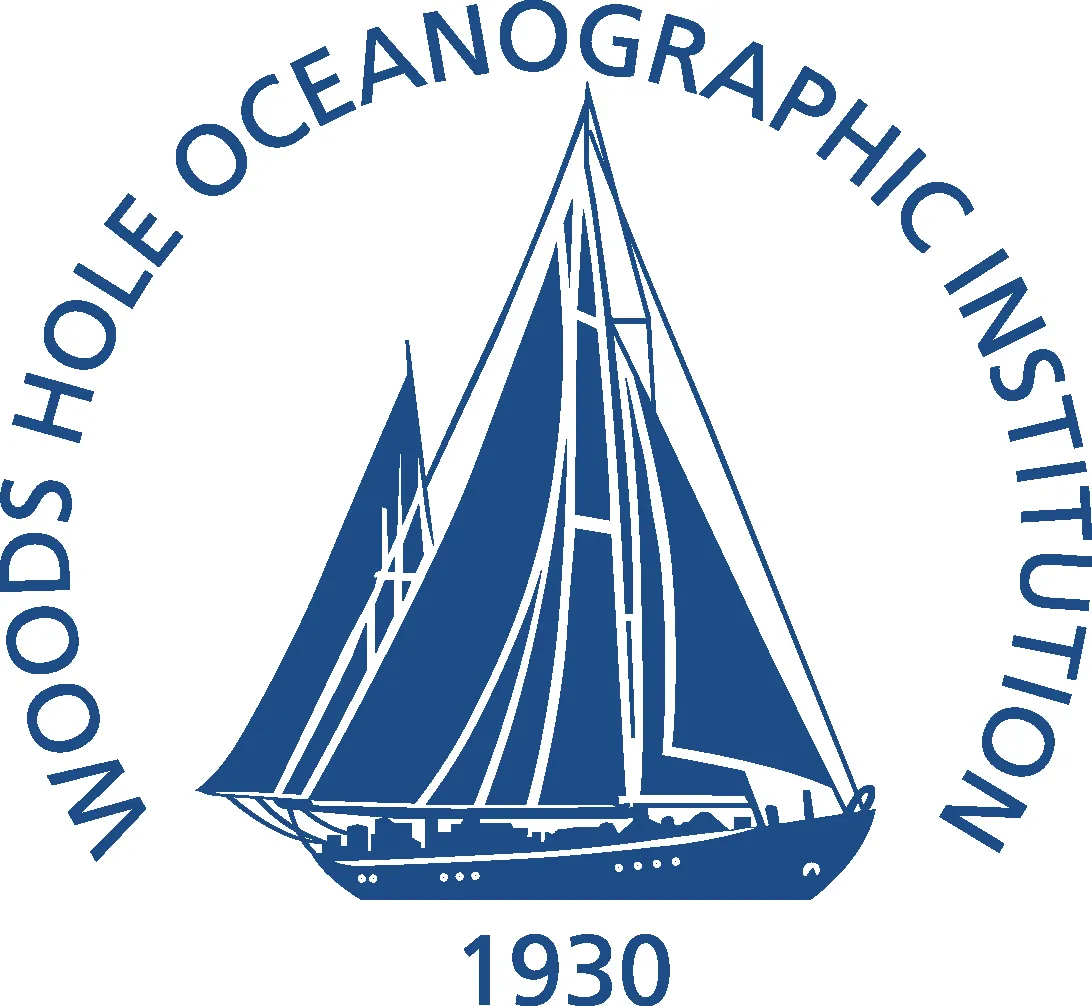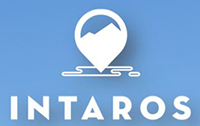
Woods Hole Oceanographic Institution (WHOI) is a private, non-profit research facility dedicated to the study of marine science and to the education of marine scientists (http://www.whoi.edu). It is the largest independent oceanographic research institution in the world. WHOI is dedicated to research and higher education at the frontiers of ocean science. Its primary mission is to develop and effectively communicate a fundamental understanding of the processes and characteristics governing how the oceans function and how they interact with Earth as a whole. The Woods Hole Oceanographic Institution is supported by a mix of grants from federal agencies including the National Science Foundation and the Office of Naval Research, private contributions, and endowment income. The premier feature of the Institution is its research vessels -- truly, floating laboratories -- which define the oceanographic endeavor, allowing scientists access to the seas. WHOI’s ships carry investigators across the globe for diverse studies that range from tracking large and small currents and investigating coastal pollution to studying Earth’s crust beneath the seafloor and examining marine animals from whales to microbes.
The Institution’s higher education programs enroll about 130 students in graduate-level studies and about 35 in summer fellowships. The premier feature of the Institution is its research vessels -- truly, floating laboratories -- which define the oceanographic endeavor, allowing scientists access to the seas. WHOI’s ships carry investigators across the globe for diverse studies that range from tracking large and small currents and investigating coastal pollution to studying Earth’s crust beneath the seafloor and examining marine animals from whales to microbes.
Role in the project
WHOI’s role is primarily to contribute to the integrated Arctic Observing System with the Ice-Tethered Profiler (ITP) program (http://www.whoi.edu/page.do?pid=20756). This is a program that has been running for more than 10 years and is based a network of autonomous profilers collecting oceanographical data that are transmitted in near realtime to the users. Since 2004, a total of 88 ITPs have operated in the Arctic and collectively returned more than 70,000 vertical profiles of ocean data and nearly 100 combined years of ice drift information. A majority of the ITP underwater observations span the depth interval from just below the ice-ocean interface to several hundred meters depth. All ITPs sample the ocean temperature and salinity: subsets have additionally observed dissolved oxygen concentration, chlorophyll fluorescence, optical backscatter, CDOM, PAR and ocean currents. INTAROS will use several ITPs in combination with ice mass balance buoys. The ITP program at WHOI is led by John Toole and involves Richard Krishfield, Andrey Proshutinsky and Sylvia Cole.
Woods Hole Oceanographic Institution
266 Woods Hole Road,
Woods Hole, MA 02543-1050
U.S.A.
